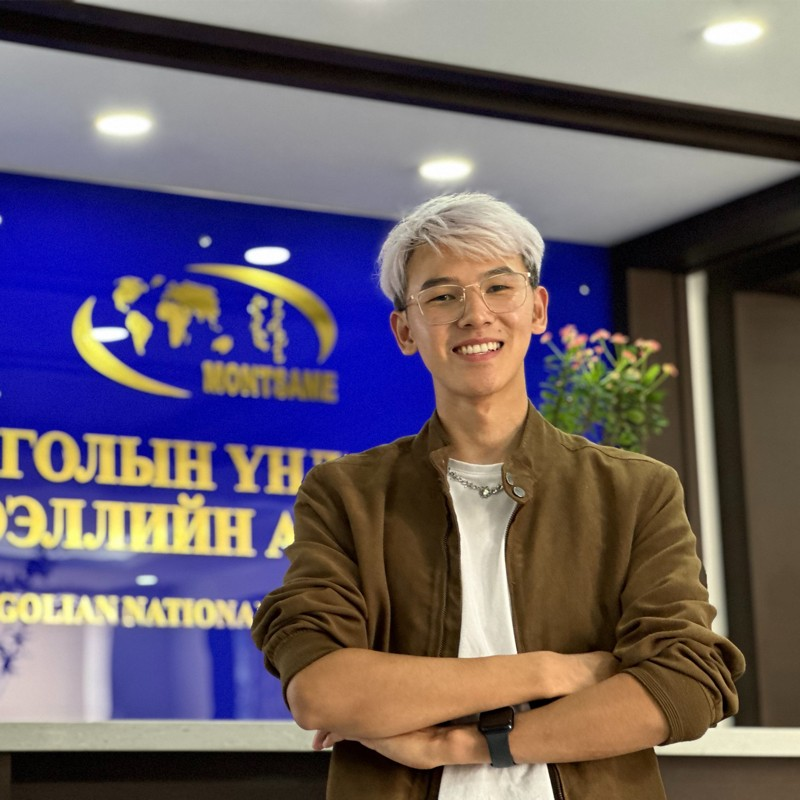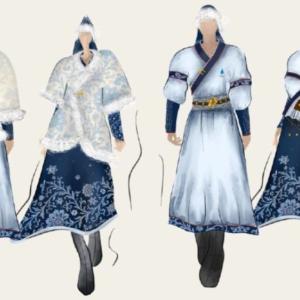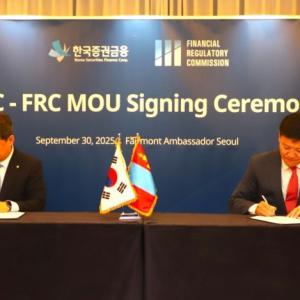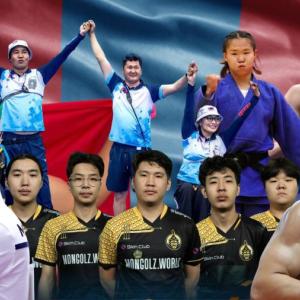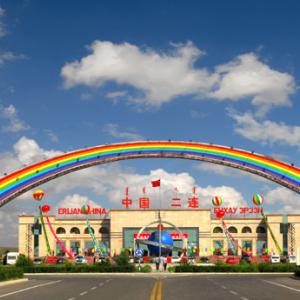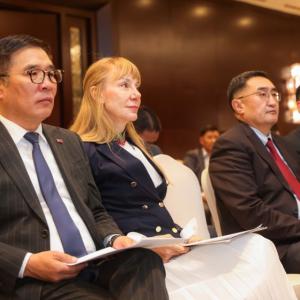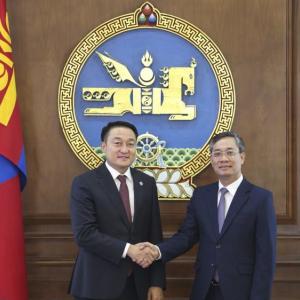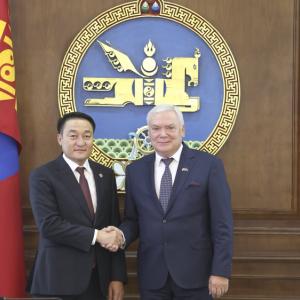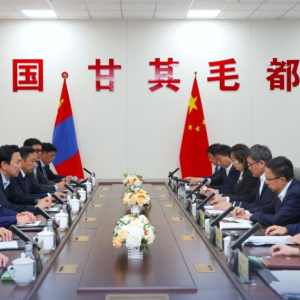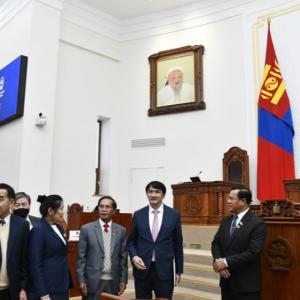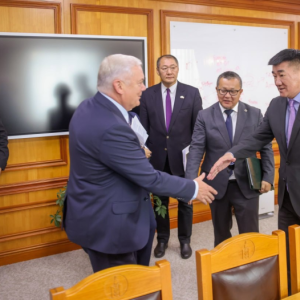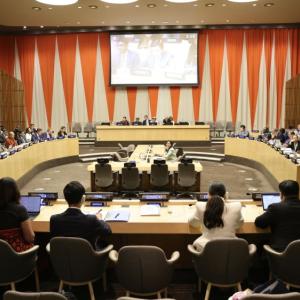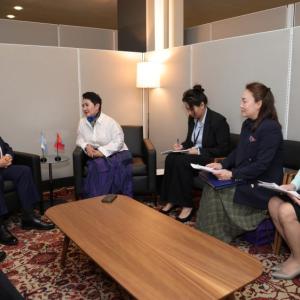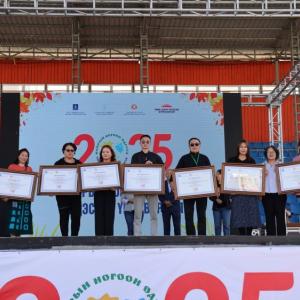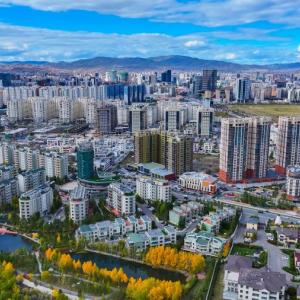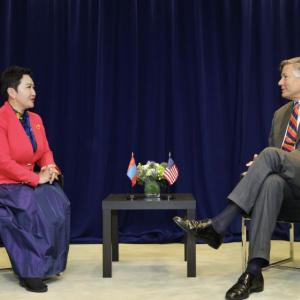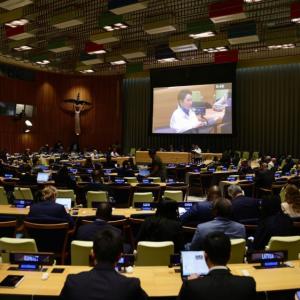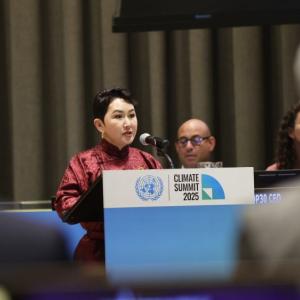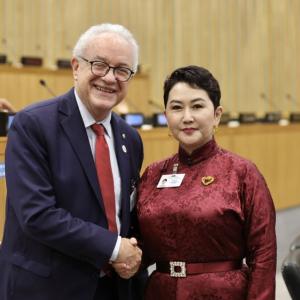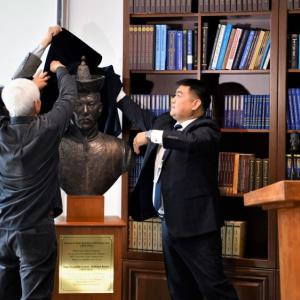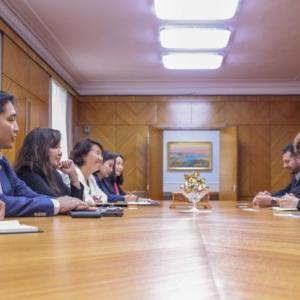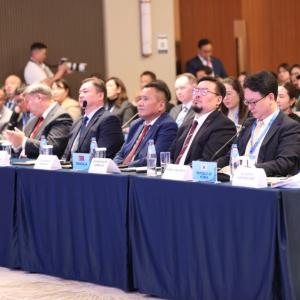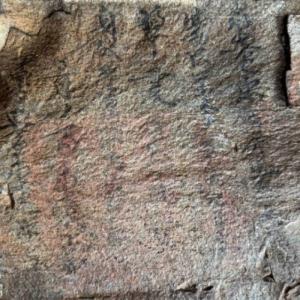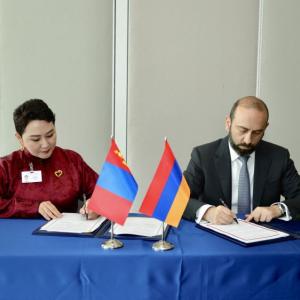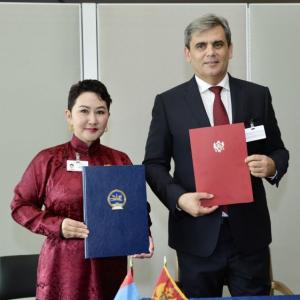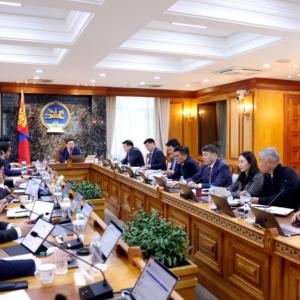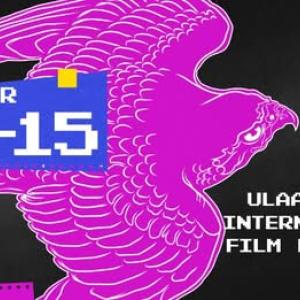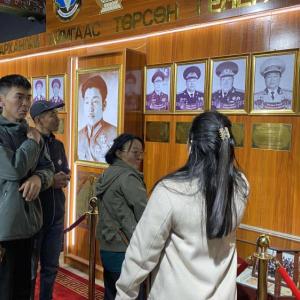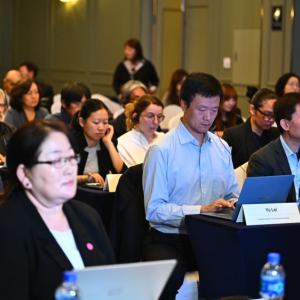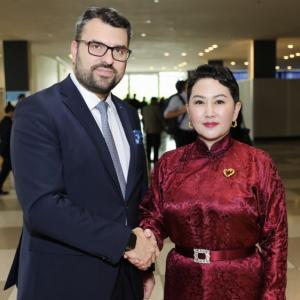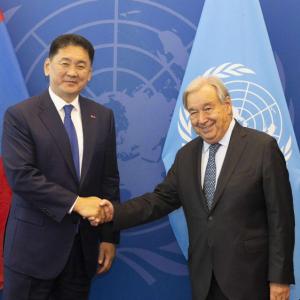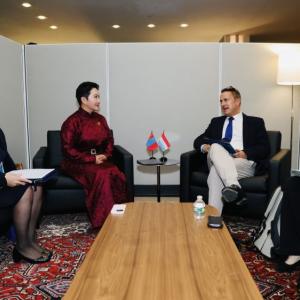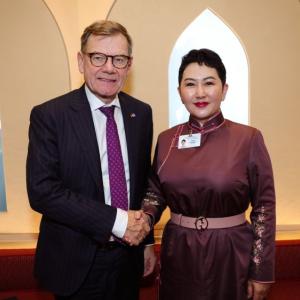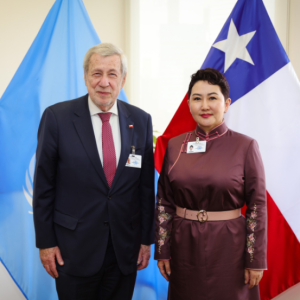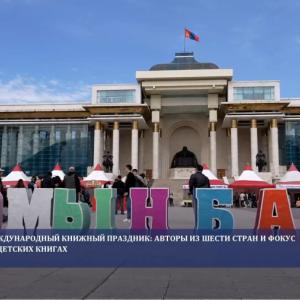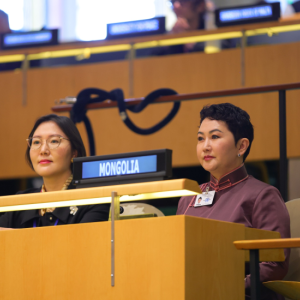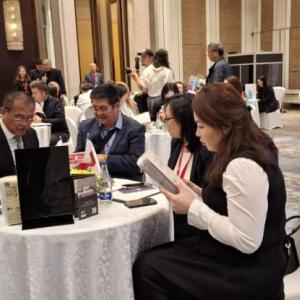Chairman Zandanshatar: Conserving the Gene Pool of Two-Humped Mongolian Camel is Special Responsibility for Humankind
Society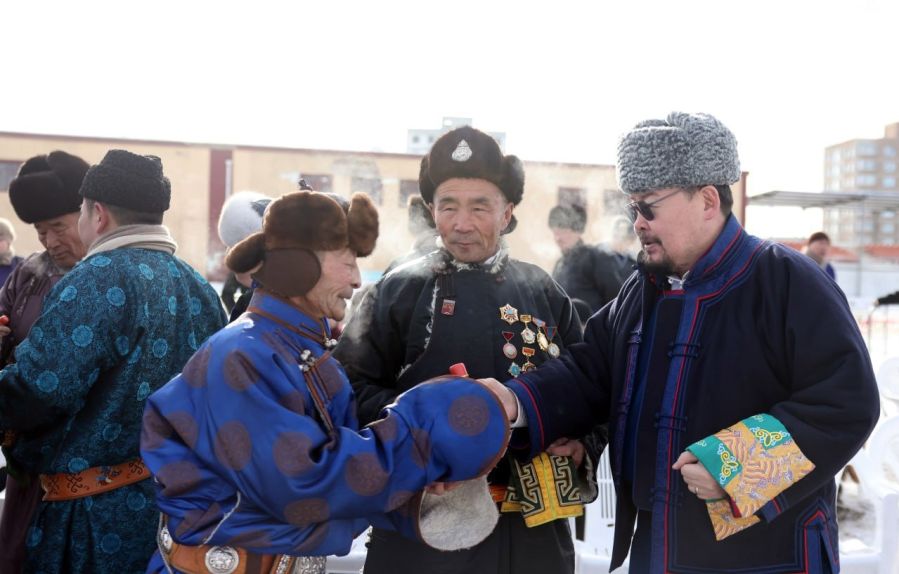
Ulaanbaatar, January 24, 2024 /MONTSAME/. Chairman of the State Great Khural of Mongolia Zandanshatar Gombojav attended the National Forum “Mongolian Culture of Camel.” The Forum started on January 22, 2024.
The National Forum “Mongolian Culture of Camel” holds
pivotal importance in supporting Mongolian camel breeding. It aims at
increasing the population of camels, facilitating the exchange of experiences
among camel herders, and introducing and promoting techniques and tools used in
camel husbandry. Additionally, the Forum plays a crucial role in developing
domestic and foreign tourism, and it includes a trade fair for products derived
from camels.
Over 100 camel herders from 20 soums in seven aimags are
participating in this Forum, testing their speed and agility in relay races,
camel parades, races to make camel nose pegs and camelhair into a halter, camel
race for 3-year-olds, and the selection of the "Best Couple on the
Camel" and "Finest Male and Female Camels."
Chairman Zandanshatar made opening remarks at the “Mongolian
Culture of Camel” Forum. The Chairman said, “According to the preliminary
result of the annual livestock census, Mongolia has a total of 473.9 thousand
camels, an increase of 3.4 thousand compared to the previous year. Umnogobi
aimag secured the top position with 157.2 thousand camels, followed by
Dornogobi aimag with 54.5 thousand, Bayankhongor aimag with 48.9 thousand,
Gobi-Altai aimag with 47.4 thousand, and Dundgobi aimag with 43.7 thousand
camels.”
Two-humped Mongolian camels and the culture associated with
camel breeding are a source of pride for the country and a unique nomadic
tradition that Mongolian people display to the world. The wool, meat, and milk
from this magnificent livestock, a critically endangered species worldwide, are
valuable raw materials and a source for Mongolia's prominent brands to compete
globally. Therefore, it is imperative that we further promote the breeding of
Mongolian camels.
In 1954, Mongolia had over 895,000 head of camels, a record number of camel population in its history. Raising the camel population to the point of breaking this record should be the policy of the Mongol state and the aspiration of camel herders. Understanding Mongolian culture and the unique nomadic way of life is inconceivable without camels.
Mongolian camels are known for their gentle and placid
nature, tolerance, obedience, and exceptional abilities in traveling long
distances, bearing heavy loads, and enduring heat and hunger. They are easily
trainable for riding and well-adapted to the climate of the Mongol Gobi.
Therefore, conserving the gene pool of the two-humped Mongolian camel and
breeding them is a special responsibility for humankind. The government has
consistently been implementing the policy of protecting and breeding the
two-humped Mongolian camel, and this commitment will continue in the
future.
It is commendable that in recent years, the citizens and
enterprises of Mongolia have been actively working towards increasing the
population of Mongolian camels, increasing camel productivity, and producing
various products.
About ten days ago, the "Red Camel of the Lama Gegeen" from Bayankhongor aimag was officially approved as a new breed. Additionally, Gobi-Altai aimag is currently breeding camels of the "Tukhum Tungalag Brown" breed, while Zavkhan aimag is raising camels of the "Zavkhan Khungui" breed. Furthermore, Uvurkhangai aimag is actively working towards gaining approval for its "Mongol Khooloi" camels as a new breed.
Umnugobi aimag produces “Ingen Tagsh” camel milk, while
'Ikh Khalbaganat' LLC of Bayankhongor aimag has developed a brand of camel
products, including yogurt, cake, and ice cream, delivering them to the people.
These are just a few good examples of how camel milk is being utilized in
Mongolia.
“In the future, we must dedicate significant efforts to
enhance the breeds of camel herd, aiming to compete globally with the use of the
myriad benefits derived from the distinctive two-humped Mongolian camels. I
believe that the National Forum “Mongolian Culture of Camel” is highly
significant for successfully implementing the abovementioned goals, fostering
the exchange of experiences among camel herders, honoring their valuable work,
preparing the succession of camel herders, and attracting foreign and domestic
tourists,” noted the Speaker.
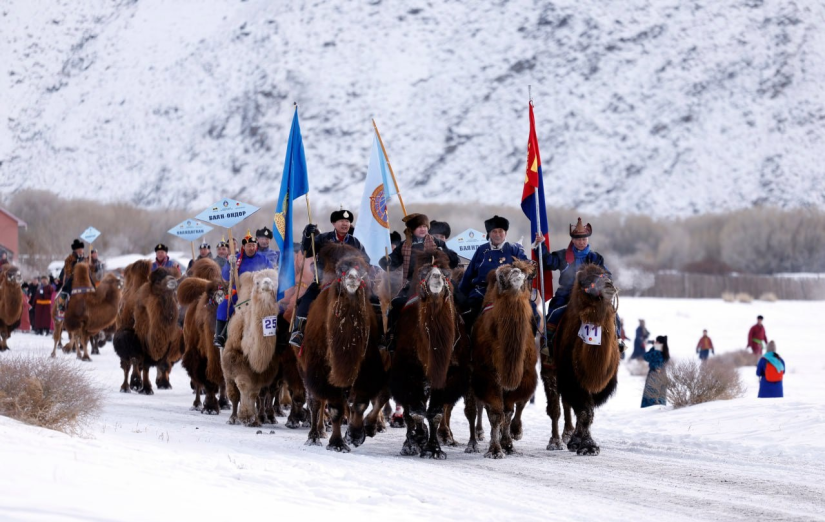

 Ulaanbaatar
Ulaanbaatar
